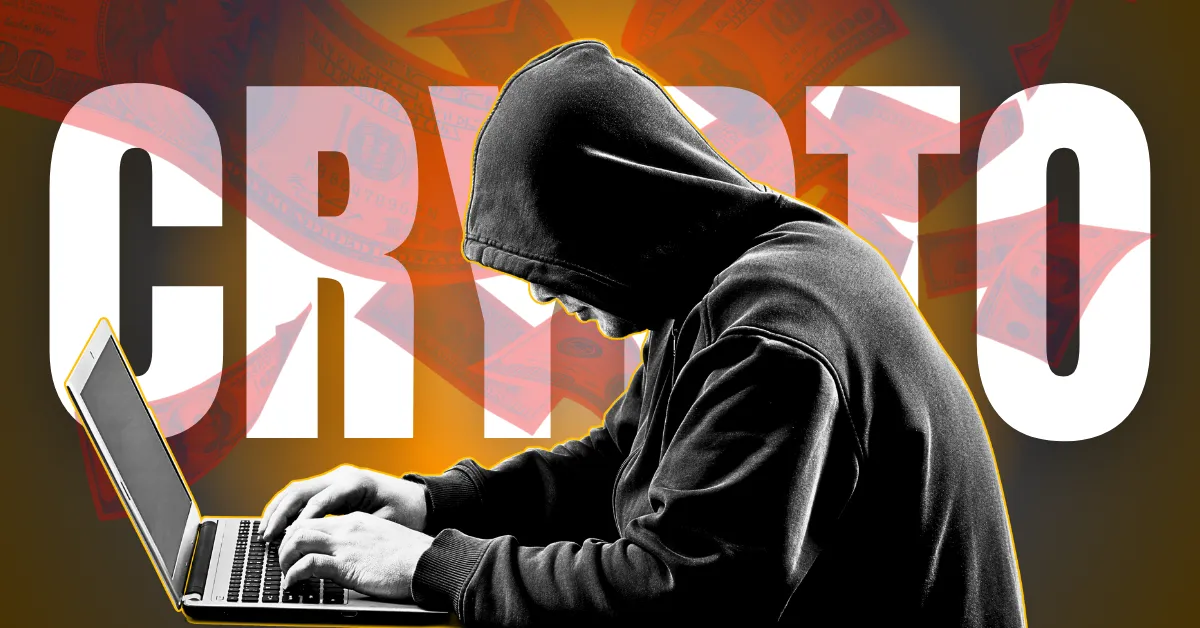The Nobitex Hack: A Digital Front in the Iran-Israel Conflict
A Cyber Heist in the Crypto Desert: Unmasking the Nobitex Breach
Picture this: a bustling marketplace, the digital equivalent of a Middle Eastern bazaar, where fortunes are made and lost in blinks of an eye. This is Nobitex, Iran’s largest cryptocurrency exchange, serving millions seeking refuge from economic sanctions. But on June 18th, 2024, a digital sandstorm swept through, leaving a trail of stolen USDT worth upwards of $48 million, potentially ballooning to over $81 million. Whispers quickly turned to shouts as Gonjeshke Darande, the “Predatory Sparrow,” boldly claimed responsibility, framing it as a direct consequence of the escalating tensions between Iran and Israel. This wasn’t just a hack; it was a shot fired in a silent, ongoing cyberwar.
Decoding the Attack: Swift, Surgical, and Symbolic
The attack wasn’t some clumsy smash-and-grab; it was a meticulously planned operation, a digital heist worthy of a Hollywood thriller. The target? Nobitex’s hot wallet, the exchange’s equivalent of a cash register, where funds are readily available for quick transactions. The compromise of this critical infrastructure hinted at sophisticated reconnaissance and infiltration tactics. The speed and precision with which the hot wallet was breached spoke volumes about the perpetrators’ expertise and resources.
But the technical brilliance was just one piece of the puzzle. Gonjeshke Darande, a cyber collective suspected of having close ties to Israeli intelligence, didn’t just steal money; they made a statement. They explicitly linked the attack to the recent exchange of missile strikes between Iran and Israel. This wasn’t about financial gain; it was about geopolitical messaging, a digital declaration of war in an already volatile region. They even threatened to leak Nobitex’s source code and user data, pouring salt into the wound and further eroding trust in the platform.
Nobitex: More Than Just an Exchange, A Lifeline Under Scrutiny
Nobitex is far more than a simple place to buy and sell cryptocurrency. It’s a vital organ in Iran’s financial system, particularly crucial given the nation’s restricted access to international banking networks due to crippling sanctions. With a staggering six million users, Nobitex reportedly handles a whopping 70% of Iran’s crypto transactions. It’s the go-to platform for those seeking to bypass sanctions, even providing guidance on how to do so on its own website.
However, this role as a financial sanctuary has also made Nobitex a target. U.S. senators have voiced concerns over its potential to facilitate money laundering and financing of terrorism. The reported flow of nearly $8 billion between Binance and Nobitex has only amplified these worries. The Iranian government’s own tacit endorsement, recognizing employment at Nobitex as fulfilling mandatory military service, further underscores its strategic importance, solidifying its position on the turbulent frontier of global finance and security.
A Digital Chessboard: Geopolitics and the Nobitex Hack
The Nobitex hack cannot be viewed in isolation. It is inextricably woven into the intricate tapestry of the ongoing conflict between Iran and Israel. The attack took place shortly after a fierce exchange of missile fire between the two nations, painting a clear picture of cyber warfare as a retaliatory tactic.
Gonjeshke Darande, like a digital hawk, has consistently targeted Iranian institutions perceived as supporting the regime. By framing Nobitex as a “terror-financing tool,” they aim to cripple Iran’s financial capabilities. The attacker’s use of a vanity address containing the terms “IRGC” and “terrorists” was a blatant provocation, a digital slap in the face that highlighted the attack’s political motivation and its link to Iran’s Islamic Revolutionary Guard Corps. This incident underscores a disturbing trend: the weaponization of cyberattacks as a form of statecraft, blurring the lines between traditional warfare and digital aggression.
The Ripple Effect: Implications and Future Uncertainty
The Nobitex hack sends shockwaves far beyond the Iranian crypto market. It loudly proclaims the vulnerability of cryptocurrency exchanges to sophisticated cyberattacks, even those who boast substantial security measures. Hot wallets, designed for speed and convenience, remain a glaring weak spot.
The incident also highlights the burgeoning importance of cybersecurity in international relations. As geopolitical tensions escalate, critical infrastructure, especially financial institutions, are becoming prime targets in the digital realm. Finally, it reignites the debate surrounding cryptocurrency’s role in circumventing sanctions and facilitating illicit financial activities. While offering potential benefits like financial inclusion, it presents a formidable challenge for regulators grappling with its potential misuse.
Looking ahead, the landscape is painted with uncertainty. The threat of more cyberattacks on Iranian institutions, especially from groups allegedly affiliated with Israel, looms large. The situation carries the inherent risk of escalation, with Iran potentially retaliating with its own arsenal of cyber weapons. The threatened leak of Nobitex’s source code and user data could inflict catastrophic damage, exposing sensitive information and irrevocably tarnishing the platform’s reputation.
The Future of Conflict: Code, Coins, and Kinetic Action
The Nobitex hack is a stark reminder that we’ve entered a new age of conflict, where cyberspace is as crucial as any physical battlefield. This event underscores the interconnectedness of cybersecurity, geopolitics, and the global financial system. As tension between Iran and Israel continues to pulsate, the threat of future cyberattacks demands heightened vigilance and proactive measures to protect critical infrastructure and fortify the digital ecosystem. The future of conflict is no longer just about bombs and bullets; it’s about code, coins, and the potential for digital devastation.











